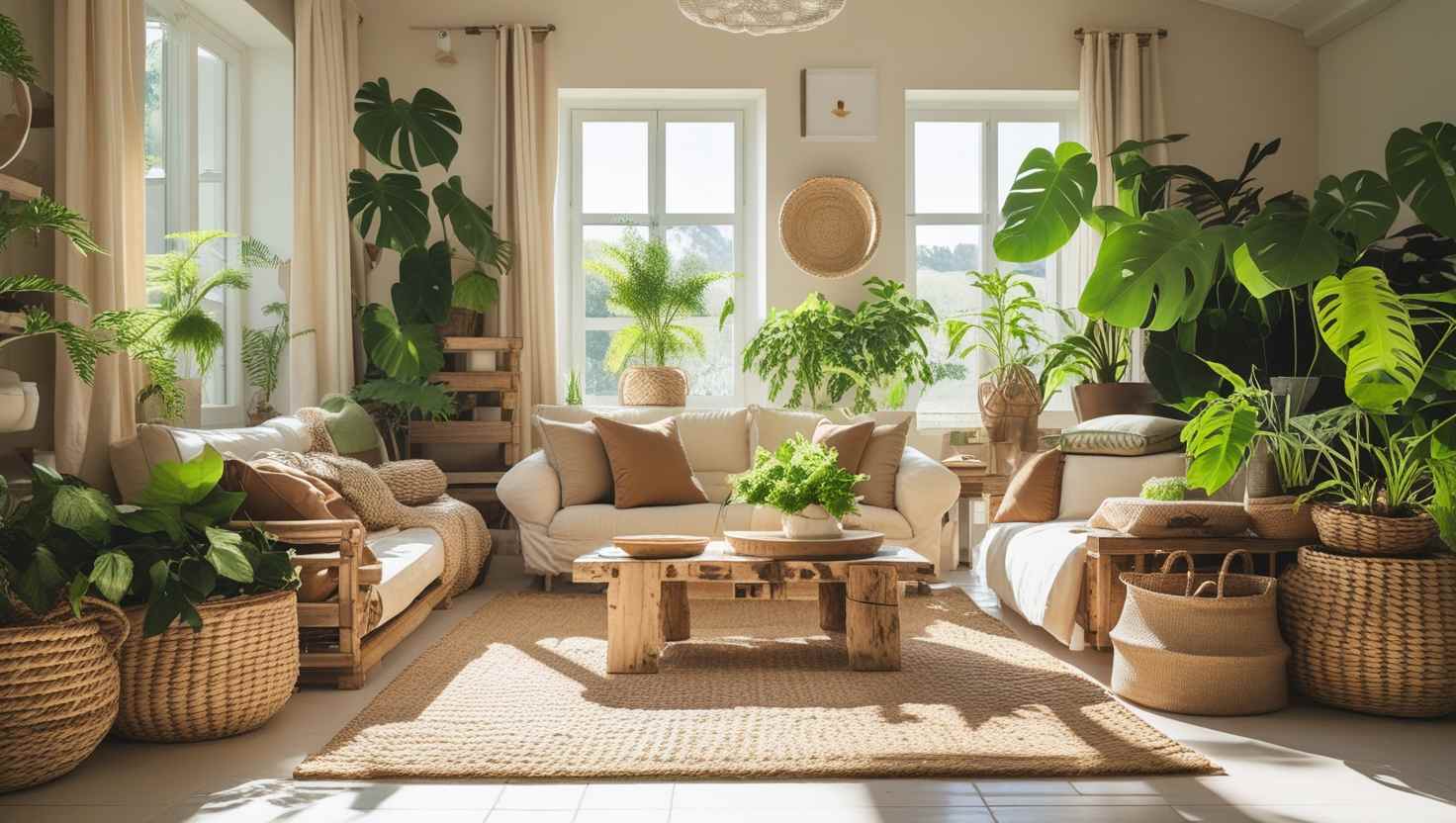In our fast-paced world, cultivating a serene environment is no longer a luxury—it’s a necessity. A calm and harmonious setting fosters not only relaxation but also mental clarity, emotional balance, and improved productivity.
Whether it’s your home, office, or outdoor space, designing with serenity in mind can transform how you feel and function each day. In this article, we delve into the comprehensive steps, elements, and strategies to establish and maintain a truly serene environment.
Contents
- Understanding the Power of a Serene Environment
- Key Elements of a Serene Space
- Harnessing the Power of Scent for a Serene Mind
- Soundscapes That Foster Peace and Mindfulness
- Organizational Systems That Promote Inner Calm
- Creating Serene Outdoor Environments
- Technology with Intention: Enhancing Serenity in a Modern World
- Daily Practices to Maintain a Serene Environment
- Serene Spaces for Different Areas of Life
- Benefits of a Serene Environment
- Conclusion: The Serenity Shift
Understanding the Power of a Serene Environment
A serene environment is more than just a visually pleasant space—it engages all the senses to promote inner peace, emotional stability, and mental wellness. Research has shown that spaces designed with tranquility in mind can lower cortisol levels, reduce anxiety, and enhance focus. It’s about curating an atmosphere that soothes the mind, refreshes the soul, and restores energy.
Key Elements of a Serene Space
1. Calming Color Palettes
Color has a profound psychological impact. To promote serenity:
- Soft neutrals like beige, ivory, and sand provide a warm, grounding effect.
- Cool tones such as sage green, sky blue, and lavender encourage relaxation and clarity.
- Monochromatic color schemes help reduce visual clutter, enhancing peacefulness.
2. Natural Lighting and Sunlight Exposure
A lack of natural light can lead to sluggishness and mood dips. Open your space to:
- Large windows or skylights to let in more daylight.
- Sheer curtains that allow filtered light without harsh glare.
- Mirrors to reflect and distribute light naturally throughout the room.
3. Minimalist Design with Intentional Decor
Serenity flourishes in simplicity. Avoid overcrowding with unnecessary objects. Instead:
- Embrace minimalist aesthetics with clean lines and purposeful design.
- Use intentional decor like calming artwork, sculptures, or ceramics with natural textures.
- Opt for open space, which visually and psychologically promotes freedom and ease.
Biophilic Design
Bringing the outside in is a cornerstone of serene interior design. Consider:
- Indoor plants like peace lilies, ferns, and succulents to purify air and promote calm.
- Natural materials such as bamboo, jute, linen, rattan, and reclaimed wood.
- Water features like tabletop fountains to introduce soothing sounds.
Earth-Inspired Textures
Introduce textures that mimic nature to enhance sensory connection:
- Stone or pebble accents in flooring or decor.
- Woven baskets, wood grain furniture, and wool throws.
- Clay pots and ceramic vases with artisanal finishes.

Harnessing the Power of Scent for a Serene Mind
Our sense of smell is deeply tied to memory and emotion. Create calming rituals with:
- Essential oils like lavender, chamomile, eucalyptus, and sandalwood.
- Soy or beeswax candles infused with natural fragrances.
- Incense sticks for mindful moments and meditative ambiance.
Use a diffuser in the bedroom or workspace to maintain consistent olfactory tranquility.
Soundscapes That Foster Peace and Mindfulness
Noise pollution is a major contributor to stress. Replace chaotic sounds with:
- Nature sounds such as ocean waves, rainfall, or birdsong.
- White noise machines to mask disruptive external sounds.
- Soft instrumental music or binaural beats during meditation or relaxation.
Even acoustic panels or plush rugs can absorb harsh echoes and soften the space.
Organizational Systems That Promote Inner Calm
Disorganization leads to mental clutter. A serene environment thrives on structure:
- Use storage solutions like baskets, drawers, and minimalist shelving.
- Declutter regularly to maintain a clean and spacious vibe.
- Adopt a “less is more” approach, keeping only what serves your purpose or brings joy.
Creating Serene Outdoor Environments
A tranquil outdoor setting extends your sanctuary beyond walls:
- Design a zen garden with gravel paths, rocks, and bonsai.
- Include a seating nook surrounded by greenery for meditation or tea rituals.
- Incorporate wind chimes, solar lanterns, and raised garden beds for peaceful utility.
Technology with Intention: Enhancing Serenity in a Modern World
While technology often distracts, it can also support serenity when used wisely:
- Install smart lighting systems with dimmers and circadian rhythm settings.
- Use meditation and mindfulness apps like Calm or Headspace.
- Turn screens off during rest hours or use blue light filters in the evening.
Keep visible tech devices to a minimum, especially in bedrooms and living spaces.
Daily Practices to Maintain a Serene Environment
Creating serenity is not a one-time setup—it’s a lifestyle. Incorporate:
- Morning rituals like journaling, stretching, or sipping tea in silence.
- Evening wind-downs with reading, soft lighting, or guided meditation.
- Weekly resets where you refresh your space, declutter, and reflect.
Serene Spaces for Different Areas of Life
Bedroom
- Soft bedding, blackout curtains, and no tech zones ensure restorative sleep.
- Use muted colors and nature-themed artwork.
Office
- Ergonomic furniture, natural light, and focused layouts enhance productivity.
- Add plants, a calming desk mat, and an essential oil diffuser.
Bathroom
- Create a spa-like oasis with fluffy towels, eucalyptus in the shower, and ambient lighting.
- Declutter countertops and store items in uniform containers.
Benefits of a Serene Environment
- Reduced stress and anxiety
- Enhanced sleep quality
- Increased productivity and creativity
- Greater sense of purpose and clarity
- Improved relationships through a calmer presence
Conclusion: The Serenity Shift
A serene environment isn’t just a design trend—it’s a powerful tool for living better, thinking clearer, and feeling more aligned. By intentionally curating every element of your surroundings—from color to scent to sound—you take control of your atmosphere and, by extension, your inner world. Start small, but stay consistent. Serenity is not a destination; it’s a daily choice.


